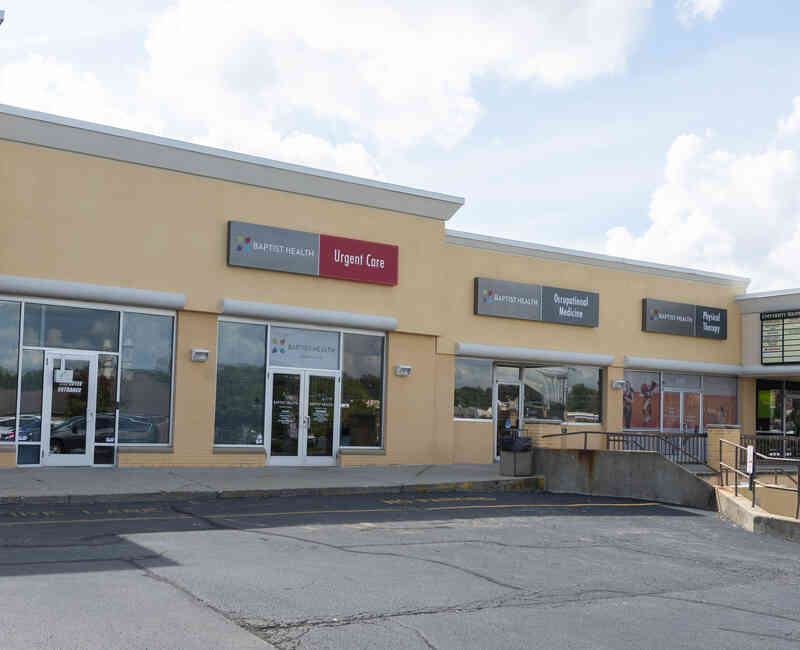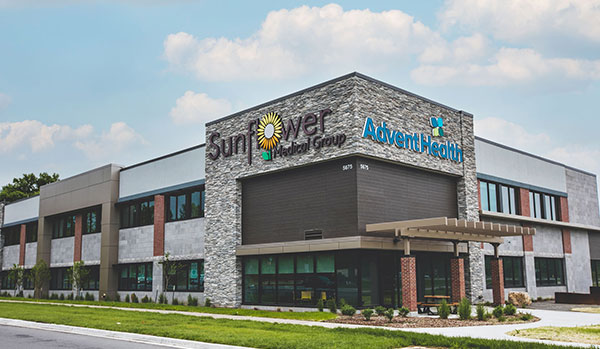The Importance of Urgent Treatment Centers in Bridging the Space Between Medical Care and Emergency Solutions
Urgent treatment centers have arised as an important element of the healthcare landscape, efficiently dealing with the essential demand for immediate medical interest without resorting to emergency situation services. By providing take care of non-life-threatening conditions, these facilities help to alleviate the problem on emergency spaces and boost person access to timely therapy. Their extended hours and varied solutions deal with a growing populace looking for alternatives to conventional health care. The advancing role of immediate care facilities raises vital concerns about their combination within the wider healthcare system and the effects for individual results and source appropriation.
Summary of Urgent Treatment Centers
Immediate care facilities have actually come to be a necessary element of the medical care distribution system, providing easily accessible clinical solutions for non-life-threatening conditions. These centers normally operate outdoors conventional workplace hours, offering people a choice to emergency areas and medical care settings. Individuals looking for immediate care usually present with issues such as minor injuries, infections, or illnesses that need prompt attention but do not posture an immediate threat to life or arm or leg.
Urgent treatment facilities are staffed by a variety of healthcare professionals, consisting of doctors, registered nurse practitioners, and physician aides, who are equipped to detect and deal with different clinical issues. They commonly feature analysis tools such as X-ray devices and laboratory services, allowing them to provide extensive care on-site.
The facility of urgent care facilities has actually been affected by the enhancing demand for timely clinical solutions in a fast-paced culture, where individuals may have a hard time to protect consultations with medical care providers. Because of this, these centers aim to minimize blockage in emergency situation divisions, enhancing overall healthcare effectiveness. Additionally, immediate treatment facilities often act as a bridge in between health care and emergency solutions, making sure that clients get appropriate treatment customized to their specific medical requirements.

Advantages of Urgent Treatment Services
Accessing prompt healthcare is a substantial advantage of urgent care services. These centers offer immediate focus for non-life-threatening conditions, effectively reducing wait times compared to conventional emergency divisions. Individuals seeking take care of small injuries, health problems, or immediate health and wellness issues can get treatment without the lengthy hold-ups typically related to medical facility check outs.
One more secret benefit is the extended hours of operation. Numerous urgent care centers are open evenings and weekends, suiting clients who might not be able to see their health care carrier throughout standard office hours. This adaptability makes urgent treatment an easily accessible option for those with hectic schedules or abrupt health issues.
Moreover, urgent care facilities often supply a wide variety of services, including analysis screening, X-rays, and standard research laboratory solutions. This thorough technique enables quick medical diagnosis and treatment, boosting person contentment.
Furthermore, immediate treatment facilities are typically extra affordable than emergency situation rooms, making them an attractive alternative for people without insurance policy or those with high-deductible strategies. Overall, immediate care services play a critical role in supplying accessible, timely, and inexpensive healthcare.
Comparison With Medical Care
Typically, people commonly consider their options in between urgent care facilities and medical care suppliers when looking for medical interest. Both serve vital roles in the healthcare system, yet they differ dramatically in scope, availability, look at more info and expense.
Medical care carriers are commonly the very first point of contact for individuals, focusing on long-term wellness management, preventative treatment, and chronic disease monitoring. They supply continuity of care, fostering a patient-provider partnership that permits for comprehensive wellness evaluations and customized therapy plans. Nevertheless, arranging an appointment can be taxing, typically requiring days or weeks ahead of time.
In contrast, immediate treatment centers offer prompt look after non-life-threatening problems that require timely attention, such as minor injuries or infections. These facilities often run beyond conventional office hours, accommodating people that might not be able to visit their health care carrier throughout normal business times. Furthermore, immediate care is generally a lot more economical than emergency clinic gos to, making it an enticing alternative for those with limited medical care accessibility.
Ultimately, while immediate treatment facilities and health care service providers both add to individual wellness, they satisfy distinctive requirements, making it important for patients to identify which option ideal aligns with their situations.
Emergency Situation Services Interaction
The interaction in between immediate treatment facilities and emergency situation solutions is an important aspect of the medical care landscape, specifically when individuals encounter circumstances that might rise in extent. Immediate care centers function as a bridge between main treatment and emergency situation divisions, resolving non-life-threatening problems that require instant interest. This collaboration improves individual end results and maximizes resource appropriation within the health care system.
When individuals provide with immediate yet not lethal problems, urgent treatment facilities can efficiently handle their requirements, relieving blockage in emergency situation areas. When an individual's condition goes beyond the range of immediate care treatment, Facilities furnished with diagnostic capacities can promote prompt referrals to emergency services. This seamless communication assists guarantee that clients get the proper level of treatment without unneeded hold-ups.
Moreover, effective communication in between immediate treatment providers and emergency solutions is critical. Sharing patient info and treatment backgrounds fosters coordinated treatment, decreasing the threat of repetitive examinations and treatments. As healthcare continues to evolve, the vibrant partnership in between immediate treatment facilities and emergency services will certainly play a pivotal duty in enhancing individual treatment effectiveness, satisfaction, and overall health and wellness outcomes within the area.
Future of Urgent Care Facilities
As health care demands advance, the future of urgent treatment facilities is poised to become progressively integral to the total clinical environment (Urgent Care). These facilities are most likely to broaden their roles by integrating advanced innovations, such as telemedicine, man-made knowledge, and digital wellness record combination. This will certainly boost person access and improve treatment control between immediate care, medical care, and emergency situation services
Moreover, urgent care centers are expected to expand their service offerings to include precautionary care and persistent disease administration. This change will place them as vital components in handling population wellness, decreasing the burden on emergency divisions, and resolving gaps in medical care accessibility.
The expanding pattern of value-based treatment will certainly further speed up the More Help transformation of immediate care facilities, triggering them to concentrate on patient outcomes and fulfillment. Facilities might likewise adopt collective technique models, functioning carefully with experts and key care service providers to ensure extensive individual administration.
Conclusion
In verdict, immediate care facilities serve an essential feature in the medical care system by offering immediate access to treatment for non-life-threatening conditions, efficiently relieving pressure on emergency situation services. Their expanded hours and varied series of solutions improve patient benefit and complete satisfaction, while likewise guaranteeing proper care delivery. As healthcare requires remain to develop, the duty of urgent treatment centers will likely end up being progressively substantial, additional connecting the void between health care and emergency situation solutions.
The facility of urgent care facilities has been affected by the boosting demand for prompt clinical solutions in a fast-paced culture, where clients visit may struggle to protect consultations with primary treatment suppliers. Furthermore, urgent care centers usually serve as a bridge between main care and emergency situation solutions, ensuring that clients obtain suitable care tailored to their particular medical needs.
Numerous urgent treatment facilities are open evenings and weekend breaks, fitting people who may not be able to visit their primary care carrier throughout typical office hours (Urgent Care). As medical care continues to progress, the dynamic partnership in between urgent care centers and emergency situation services will certainly play a crucial duty in boosting patient treatment efficiency, complete satisfaction, and overall health results within the neighborhood
